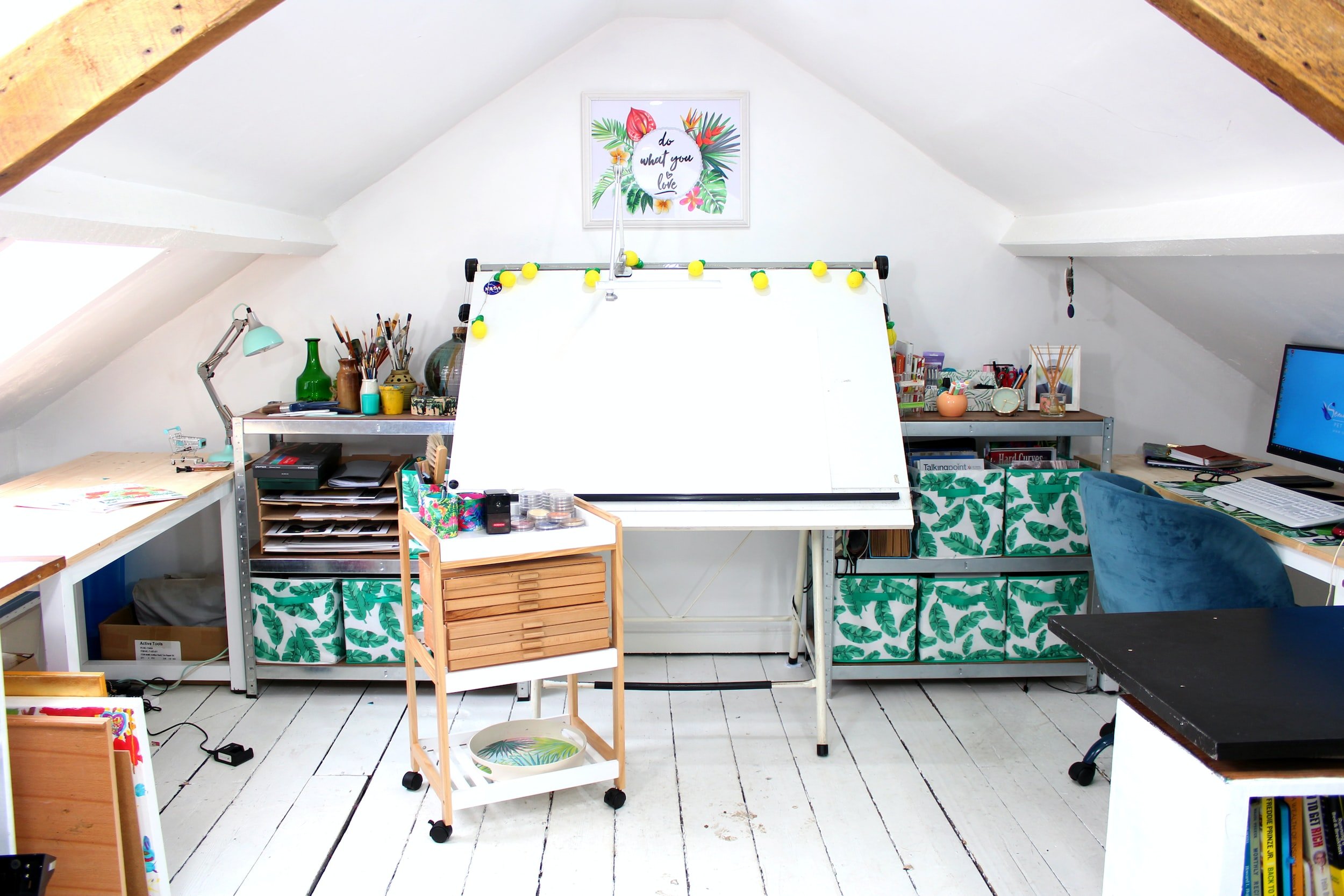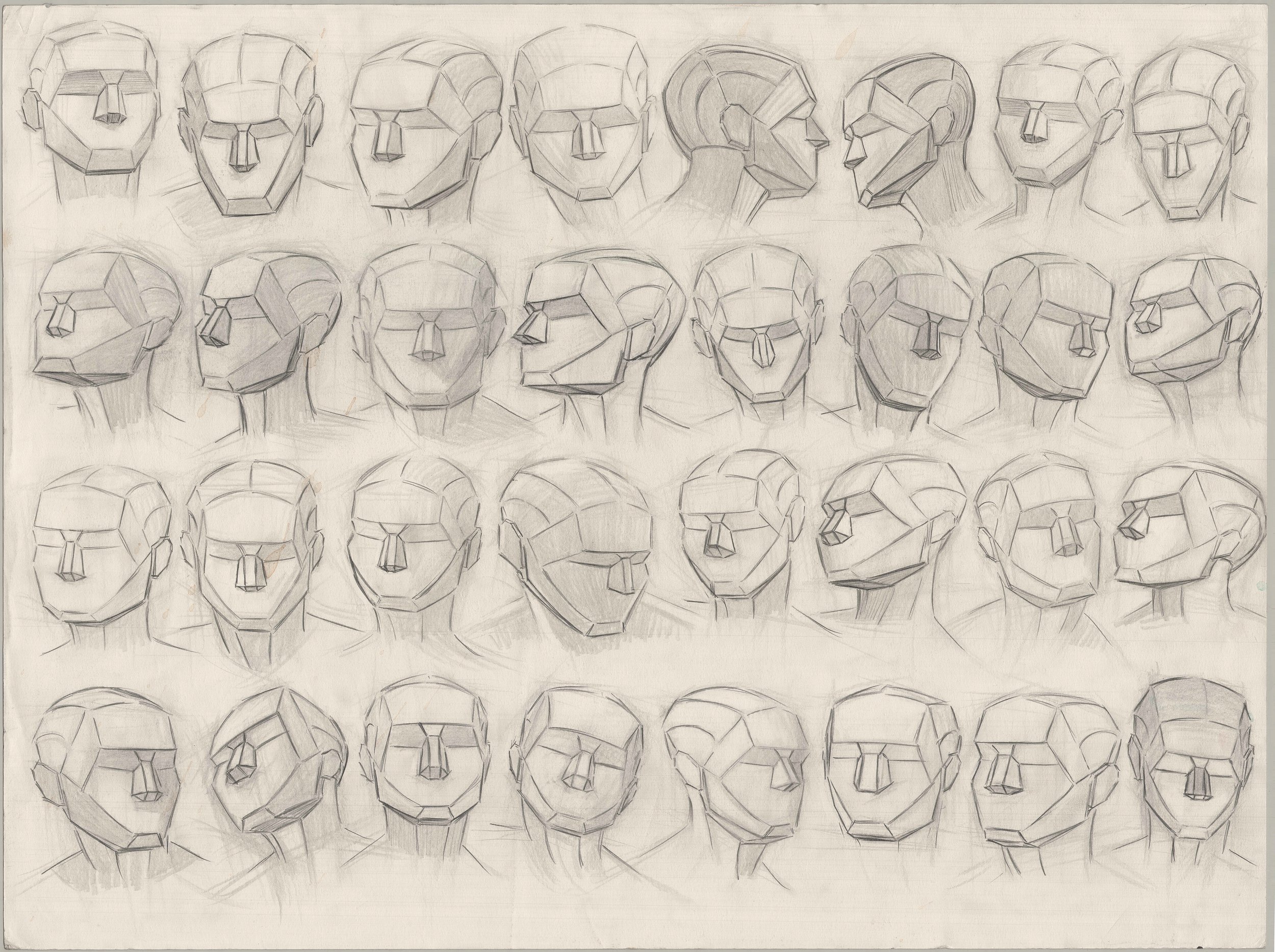
Paper, pencil, & ergonomic basics
Drawing angle, paper, the correct pencil, drawing at an angle
Sketchifer Says,
“The next step after purchasing ‘The 9 essential tools for learning how to draw’ is knowing what to do with them!

Drawing angle
Drawing on a flat surface is bad
It will create perspective distortion in your drawing
It’s bad ergonomics, and will hurt your neck
Drawing on an angled surface is good
No perspective distortion
No neck pain
The correct pencil
Pencils come in a range of hardnesses and can be useful for creating a variety of values.
Pencil hardness
Pencils are mostly grouped into two categories - “B”, and “H”
“B” or “black” pencils are softer, and draw darker
“H” or “hard” pencils are harder, and draw lighter
The higher the number, the greater amount of darkness or lightness
So, 9B is the darkest pencil, and 9H is the lightest pencil
“HB” stands for “hard-black” since it’s in the middle. “F” is for firm, and it’s also situated about the middle of the scale
However we will never need the nuance of every single pencil in a single good drawing. One, a few, or at most, several will do the job just fine.
So which pencil should you use?
For now only the 2B pencil! We’ll introduce more pencil hardnesses into your process as you go!
Paper types
The inordinate amount of paper on the market varies by size, weight, texture, color, value, absorption, and more! Let’s compare these two:
Ideal for cranking out lots of practice drawings
Inexpensive
$10~ for 100 pages = 1~ penny per page side
Off-white in value
Perfect for finished drawings that take hours to complete
Heavyweight
Archival, will not turn yellow over time
So which paper should you use?
Newsprint is the way to go for getting a lot of practice under your belt. Later on when you’re ready to put your skills to the test, we’ll bust out the nicer paper!
Digital drawing
Digital drawing can reinforce some bad habits
This is becuse it’s such a powerful tool. Even great digital illustrators learn using traditional methods. Tradtional materials limit what you’re able to do, and therefore enforce good form.
You may certainly use these tutorials with digital equipment, but the lessons are designed with traditional art in mind!

If you’re not yet enrolled, take a class with us, and become a master artist



